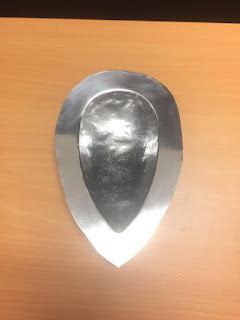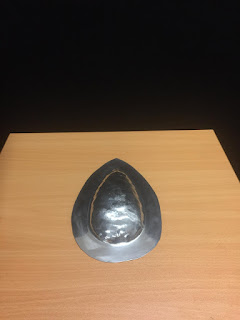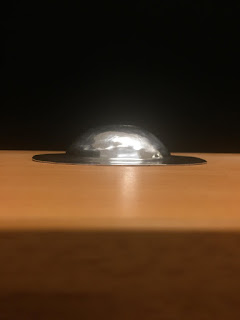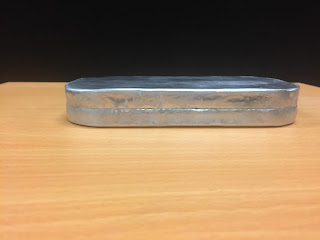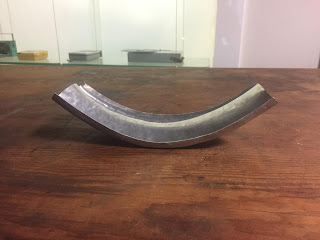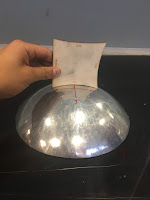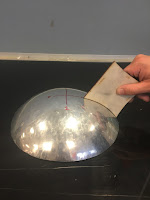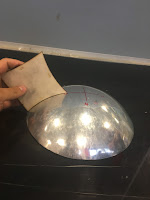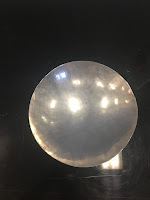Materials/tools
- 200 x 200 annealed aluminium sheet
- Plastic mallet
- Sand bag
- Mineral Turpentine
- Cloth
- CNC blister template
- Tin snips
- Screws and nuts
- Small wooden mallet
- Timber corker
Procedure
Step 1 - Choose template of what shape your blister will be the larger and more broader the blister the easier it will be. The templates cut using a CNC. template photo below.
Step 2 - Sandwich the aluminium sheet between the two templates and drill through the holes in the template to create holes in the aluminium. Insert screws and screw nuts on ensuring they are tightly fixed.
Step 3 - Using the plastic mallet photo below strike the aluminium through the template. ensure to start you use the flatter and more round face of the mallet to ensure you keep a smooth face on the blister. Tip: place a sand bag under the template when striking with mallet too ensure the base of the blister stays rounded.
Step 4 - Using the more pointed side of the mallet strike the edges of the blister. This will give the blister more depth closer to the edges. While doing the use the small wooden mallets flat edge to smooth out any large dents in order to keep the smoothness.
Step 5 - Using a piece of timber disc sand it to create a pointed edge, this will be used as a corker. What this does it help in getting depth and sharpness to the edges and pointed end of the blister. Using the corker place it on the edge and strike it with the mallet. Work your way around the blister and pointed end until you have your desired edge sharpness. Note: the corker will go blunt and will need to be re sanded to hold the original shape.
Step 6 - Using tin snips or the sheet metal cutter cut evenly around the blister following the outline.
Step 7 - Now complete polish the aluminium with some mineral turpentine and a cloth. This removes and blemishes, dirt and oxides in the metal giving it a nice shine.
Final Product


